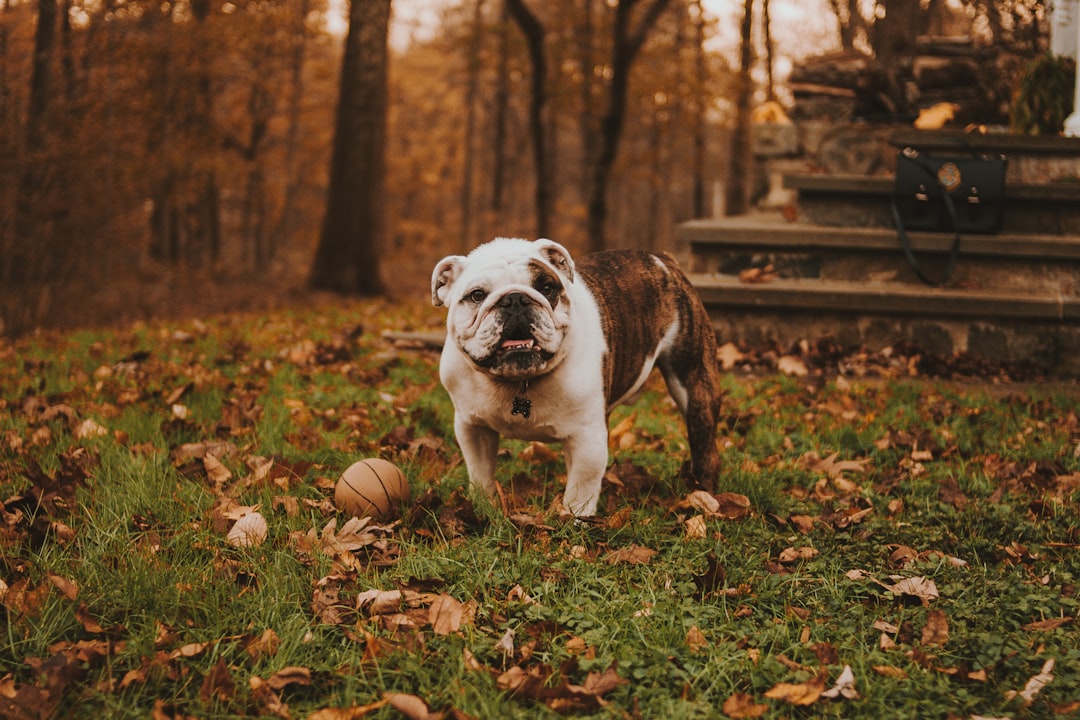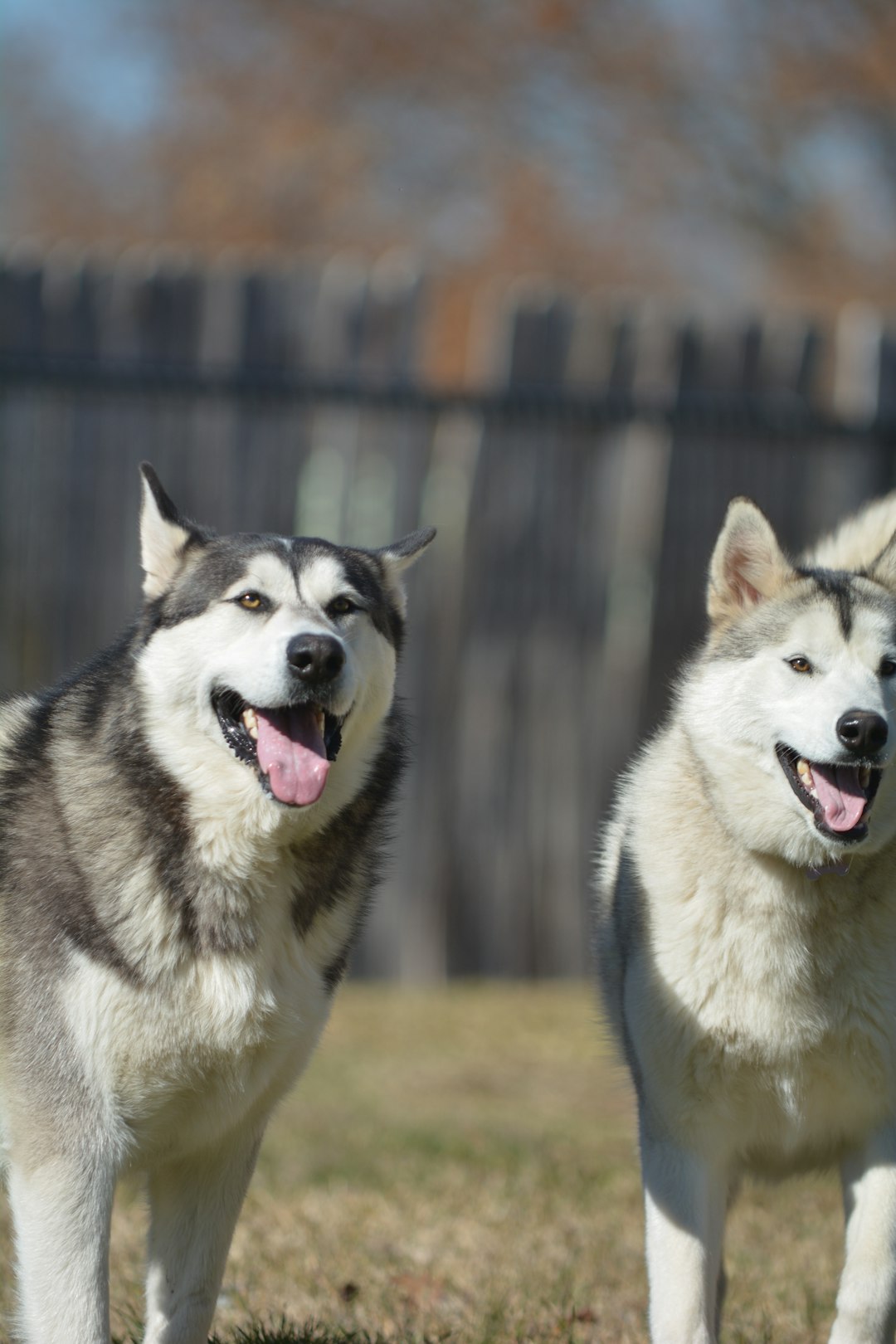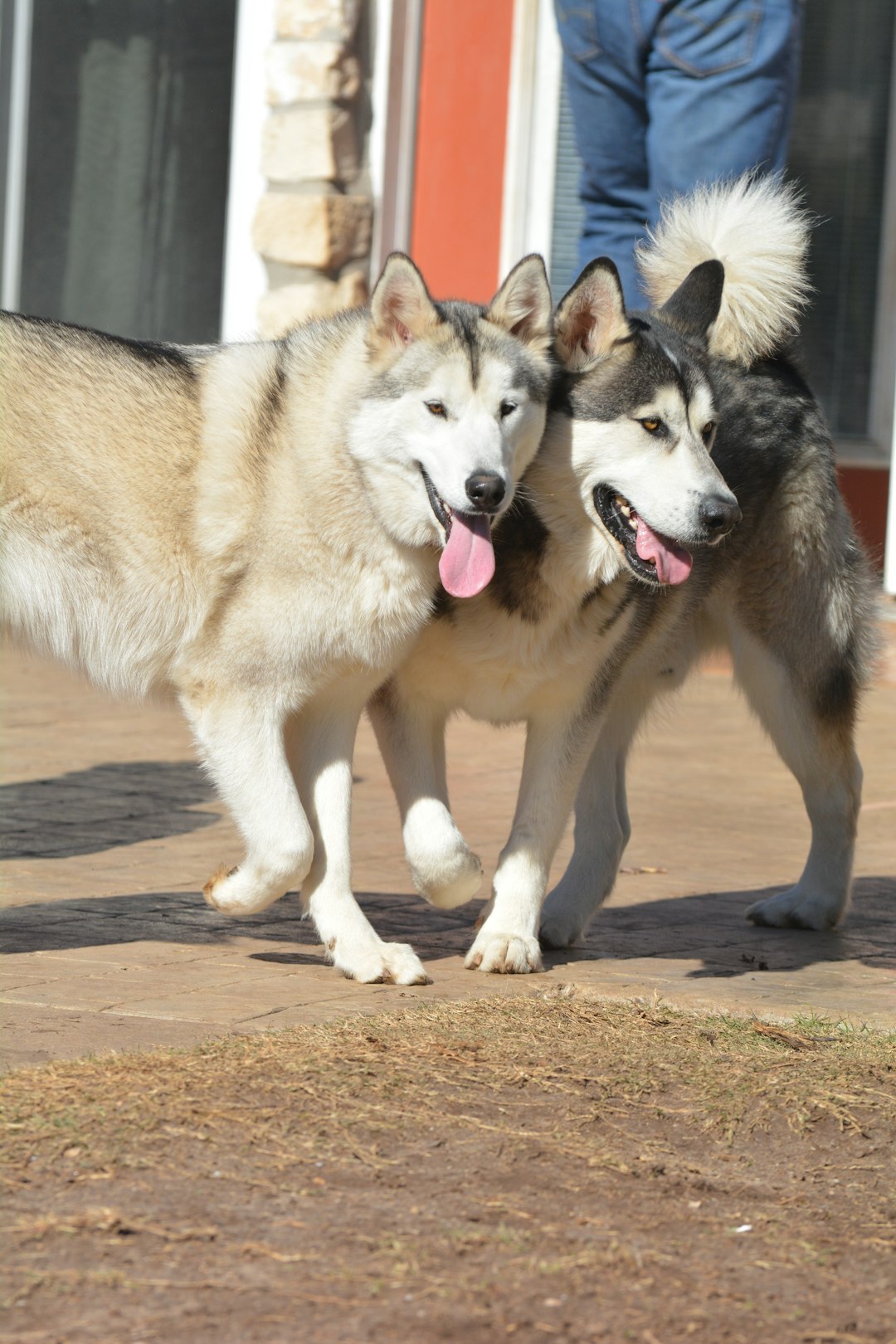So, you’ve noticed your pup scratching like they just discovered fleas at a dance party? Well, it might be a dog yeast infection! Before you launch into a panic, let’s chill. With a dog yeast infection home remedy, you can save your furry friend from discomfort—and maybe even a little embarrassment. In this blog, we’ll explore natural treatment options that’ll have your pooch wagging their tail like a doggy parade in no time. After all, a happy dog means a happy human, right? Let’s dive in and unleash those remedies!
Understanding Dog Yeast Infections

Ah, the joys of dog ownership! From wagging tails to slobbery kisses, our furry friends never fail to bring us happiness. But sometimes, things take a turn for the itchy and stinky — enter dog yeast infections. These pesky intruders can turn your adorable buddy into a little gremlin, full of discomfort and ready to scratch at anything that moves!
So what exactly is a dog yeast infection? Imagine that annoying roommate who never cleans up after themselves but somehow throws a party every weekend. That’s yeast. While it’s a normal part of your dog’s body, sometimes it just invites itself to the wrong party (think ears, skin folds, or paws) and multiplies like rabbits!
Common triggers include:
- Allergies
- Hormonal changes
- Immunosuppression
- Poor diet
Fear not! A Dog Yeast Infection Home Remedy is often just around the corner. Think of it as a natural bouncer, ready to kick those troublemakers out and restore peace (and sanity) in your household! So, keep your dog sniffing along happily as we explore solutions together! 🐾
Common Symptoms of Yeast Infections in Dogs

Recognizing a dog’s yeast infection can sometimes feel like deciphering ancient hieroglyphics. However, don’t worry! We’ve compiled a list of common symptoms that’ll help you play detective:
- Excessive Scratching: If your dog looks like they’ve entered a scratching competition, it’s a signal you shouldn’t ignore!
- Unpleasant Odor: A yeasty smell might have your pup in the running for “Most Unpleasant Scent” award.
- Redness and Inflammation: Keep an eye on those areas; if they look like a tomato patch, it’s time to act.
- Skin Flakiness: Is your pooch shedding more than normal? Flaky skin may indicate an unwelcome yeast party.
- Ear Infections: If your dog is shaking their head like they just heard the worst of dad jokes, check those ears!
Seeing these symptoms may make you wonder about a Dog Yeast Infection Home Remedy. But remember, while some remedies can be beneficial, always consult with a vet if those symptoms persist. After all, you wouldn’t want to wing it when it comes to your furry friend’s health!
Causes of Yeast Infections in Dogs

Ah, the age-old question: why in the world does your beloved pooch have a yeast infection, and is he secretly auditioning for a role in Dogzilla, the Musical? Fear not! Here are some common culprits that could lead to this itchy, scratchy disaster:
- Excess Moisture: Dogs love splashing in puddles, but that dampness can create a cozy home for yeast to throw a rave!
- Diet: A poor diet—think of it as your dog’s invitation to an all-you-can-eat buffet for yeast—can spike yeast levels. So, no more feeding them pizza scraps!
- Allergies: Seasonal allergies can lead to itchy skin. Ironically, scratching often leaves your dog with a yeast infection for the ‘itchiest’ dog award.
- Hormonal Changes: Just like in humans, hormonal fluctuations can lead to yeast overgrowth. Your pup’s monthly mood swings might be more than just a phase!
So, when addressing a Dog Yeast Infection Home Remedy, keep these pesky causes in mind. Identifying the root cause can help you choose the most effective remedy and get your furry friend back to their playful self!
Benefits of Natural Remedies
When it comes to handling your pooch’s yeast infections, going the natural route can feel as cozy as cuddling on the sofa with a furry friend. So why choose a Dog Yeast Infection Home Remedy? Let’s dive into the delightful benefits:
- Gentle on the Paws: Natural remedies typically contain ingredients that are less harsh than medications. No need to worry about side effects or your pet turning into a grumpy doge!
- Budget-Friendly: Who doesn’t love saving some bucks? Whipping up your own Dog Yeast Infection Home Remedy can be easier on the wallet than pricey vet bills.
- Easier to Find: Say goodbye to hunting down obscure meds. You probably have most of these remedies right in your pantry! (Garlic or coconut oil anyone?)
- Holistic Approach: Natural solutions can also improve your dog’s overall health, giving them a boost in their immune system. It’s like a spa day but without those pesky cucumbers on their eyes!
So, before you reach for that commercial treatment, why not explore the wonders of nature? Your furry friend will thank you with wagging tails and slobbery kisses!
Popular Home Remedies for Dog Yeast Infections
Imagine you’re in your kitchen, surrounded by concoctions that would make a witch jealous—fear not, you’re not brewing potions! You’re tapping into Dog Yeast Infection Home Remedy magic. Here’s a list of some popular, kitchen-sourced remedies that pack a punch against those pesky yeast infections:
- Apple Cider Vinegar: Mix ½ cup with a bit of water, and voila! An antifungal solution that even your pooch would agree to bathe in. Don’t forget, it smells like a salad!
- Coconut Oil: Not just for culinary delights! Rub that luscious oil on your dog’s skin. It hydrates the skin and has antifungal properties, making it irresistible, just like bacon!
- Plain Yogurt: A tasty treat packed with probiotics! Serve a spoonful, and watch those yeast levels drop faster than your pup can chase a squirrel.
- Oatmeal Bath: For those pups who like to soak, oatmeal gives itchy skin a soothing spa day. Promoted as the ultimate in canine luxury!
In conclusion, before you assume the worst, give one of these Dog Yeast Infection Home Remedies a whirl. Just remember, even magic needs monitoring, so if the infection persists, a trip to the vet is essential! 🐶✨
Preventive Measures for Yeast Infections
Ah, the age-old saying: “An ounce of prevention is worth a pound of cure!” Or, in the case of our furry friends, a bucketload of Dog Yeast Infection Home Remedy ingredients. Let’s face it; preventing a yeast infection is a whole lot easier (and less messy) than dealing with one! Here are some tail-wagging tips to keep those pesky yeast infections away:
- Regular Grooming: Brush away the bad and love the fluff! Keeping your dog’s coat clean and dry helps to minimize moisture.
- Balanced Diet: You wouldn’t serve your pup pizza rolls every day, right? Opt for nutrition-packed food to maintain a healthy gut flora.
- Keep Ears Dry: After a bath, dry those floppy ears thoroughly. Yeast loves humidity—just like your Aunt Gertrude at the beach party.
- Monitor Allergies: Identify what makes your dog’s skin itch and scratch. Allergies can lead to yeast infections faster than you can say “Dog Yeast Infection Home Remedy!”
- Limit Sugary Treats: Yeast thrives on sugar, so swap that sweet stuff for healthier alternatives. Make it a “no crumb left behind” policy!
By implementing these preventive measures, you’ll keep your dog’s tail wagging and avoid reaching for that Dog Yeast Infection Home Remedy!
When to Consult a Veterinarian
Alright, we’ve had our giggles and home remedies galore—let’s get serious for a moment. A Dog Yeast Infection Home Remedy might work wonders, but sometimes, it’s time to call in the pros. So, when should you seek help from a veterinarian?
Here’s a quick checklist you might want to consider:
- Persistent Symptoms: If your pup’s scratching, licking, or chewing just won’t quit after a few days of your home remedy, it might be time for a vet visit.
- Severe Discomfort: Is Fluffy yelping like a drama queen while you’re trying to apply that DIY treatment? A vet can help ease that discomfort.
- Unusual Discharges: If you notice a creative color or odor that you weren’t ready for, it’s best to get it checked out.
- Overall Health: If your dog seems lethargic or is losing weight, let’s just say it’s not a typical side effect of a yeast infection.
Remember, the goal is to ensure your furry friend feels better, whether that’s through a Dog Yeast Infection Home Remedy or a professional’s expertise!
Conclusion: Choosing the Right Treatment for Your Dog
Deciding on the best Dog Yeast Infection Home Remedy can feel like searching for a needle in a haystack—except the haystack is made of dog hair and the needle is elusive. But fear not, fellow pup parents!
Remember, while home remedies can work wonders, you must tread lightly. Consider the following before making the leap:
- Severity of infection: Is Fido scratching like he’s auditioning for Dancing with the Stars or is it a mild itch?
- Your dog’s unique needs: Does your pooch have allergies, a sensitive belly, or is he just picky?
- Consultation time: Always trust your gut; if something feels off, it’s time to chat with a vet.
Fortunately, natural remedies tend to be safer. However, if your dog resembles a gremlin in distress, don’t hesitate to get expert advice. After all, no one wants a yeast party that spirals out of control!
So, weigh your options wisely, consider a Dog Yeast Infection Home Remedy, and let your canine companion get back to their happy-go-lucky self (minus the scratching, of course)! 🐾
Frequently Asked Questions
What are the common signs of a dog yeast infection?
Your furry friend might be turning into a walking science experiment if you notice excessive scratching, a funky smell reminiscent of nachos, or hot spots that look like they’ve been auditioning for a horror movie. If they start shaking their head vigorously as if auditioning for a rock band or have a red, flaky area around their ears, congrats! You’ve officially discovered the signs of a yeast infection. It’s like the dog version of spring break, except instead of margaritas, they have very itchy skin!
Can I use apple cider vinegar for my dog’s yeast infection?
Ah, apple cider vinegar, the beloved elixir of health enthusiasts everywhere! Yes, you can use diluted apple cider vinegar on your dog’s skin. Just mix it with an equal part of water so that you don’t accidentally turn your pup into a zesty salad. Applying this solution can create a less-than-ideal environment for yeast to party hard. However, be cautious around sensitive areas. If your dog reacts like you just offered them a bath in hot sauce, it might be time to switch tactics!
Are there any dietary changes I can make to prevent yeast infections?
You bet! You might need to channel your inner dog chef and say goodbye to those high-carb snacks that could rival a human’s pizza night! A diet low in grains and sugars will help keep yeast levels down, making your pup less likely to host their own infection soiree. Think of it as a doggy detox; swap that kibble for some meat and veggies! Before diving into a Pinterest-inspired dog diet, consult your vet – because you don’t want your dog to lose their wag just to turn into a plant-based pooch!
How long does it take for home remedies to work on a dog’s yeast infection?
Ah, patience – a virtue not only for humans but also for our furry companions! Depending on the severity of the infection and the effectiveness of the remedy, it can take anywhere from a few days to several weeks. If you’re not seeing results and your dog is still acting like a furry tornado, it might be time to schedule a visit to the vet. After all, home remedies are great, but sometimes even dogs need a professional intervention to get their groove back!



